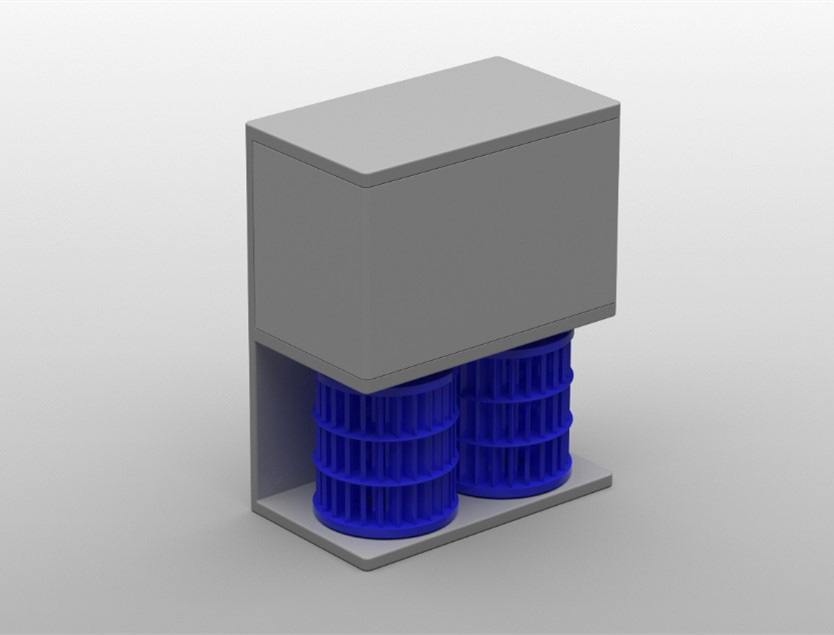Japan's Ricoh has developed a micro hydropower system that can be used in sewage treatment facilities, with sewage water serving as the source for low-head screw turbines.
The imaging and electronics company said that the electricity generated by the micro-hydro system could be used to power sewage plants.
“At this time, we have not conducted any testing regarding the combination of our system with PV or floating PV,” a company spokesperson told pv magazine. “However, we do believe that there is potential for PV to be combined with our system in the future, given the abundance of space available at sewage sites.”
The system features a water turbine that the company designed in collaboration with micro-hydroelectric system supplier Seabell Incorporated and the Kanazawa Institute of Technology. It consists of two generators mounted on a single unit, allowing efficient power generation. In addition, a waterwheel can be placed directly in the existing waterway, eliminating the need for a new bypass waterway. Ricoh provided its 3D printer technology to create the 3D-printed blades used in the system. These are made of biomass-derived materials.
“Compared to a water turbine made from commonly used 3D printer materials, our turbine is more than twice as strong as a metal turbine,” the spokesperson said. “Its strength was maintained even after being placed underwater for a long period of time and could be used for large-scale hydroelectric power generation.”
Popular content
Ricoh conducted its first demonstration experiments at a sewage treatment plant in Shizuoka prefecture, Japan, in cooperation with Japan's Ministry of Land, Infrastructure, Transport and Tourism (MLIT). The project is designed to address several issues regarding the use of micro- hydroelectric systems at sewage facilities. These issues include low turbine efficiency, low output, high upfront costs, and the intensive use of human resources. The electricity generated by the micro-hydro system can be used for backup power supplies at disaster-prevention centers in sewage treatment plants.
“The system will initially be sold in Japan but we are continuously exploring the possibility of introducing our technology in other regions, including Europe, the United States, and emerging economies,” said the spokesperson.
In March, Ricoh launched a pico-hydro generation system that can be used with factory drainage systems and irrigation canals.
“The system can also be used in combination with photovoltaics and batteries to ensure stable power supply, ” a company spokesperson told pv magazine. “Depending on the amount of electricity generated, it can be used for IoT devices such as sensors, lighting devices, and charging systems.”
This content is protected by copyright and may not be reused. If you want to cooperate with us and would like to reuse some of our content, please contact: editors@pv-magazine.com.



2 comments
By submitting this form you agree to pv magazine using your data for the purposes of publishing your comment.
Your personal data will only be disclosed or otherwise transmitted to third parties for the purposes of spam filtering or if this is necessary for technical maintenance of the website. Any other transfer to third parties will not take place unless this is justified on the basis of applicable data protection regulations or if pv magazine is legally obliged to do so.
You may revoke this consent at any time with effect for the future, in which case your personal data will be deleted immediately. Otherwise, your data will be deleted if pv magazine has processed your request or the purpose of data storage is fulfilled.
Further information on data privacy can be found in our Data Protection Policy.